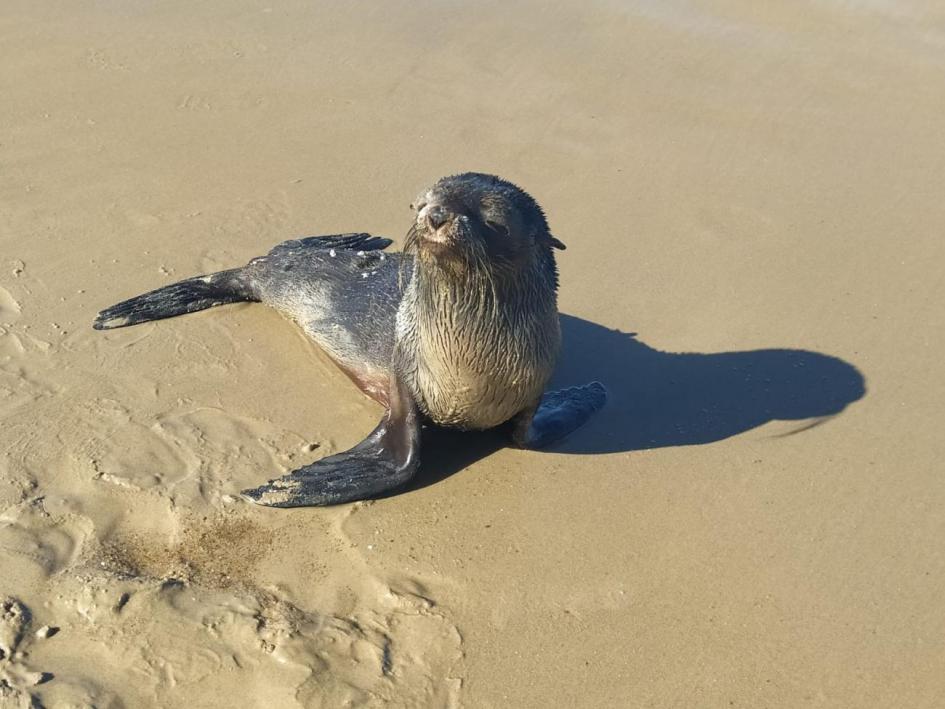The environment ministry issued an action plan for the sick animals after Uruguay confirmed its first case of H5 bird flu infection in wild mammals on Tuesday, notably after the death of a sea lion spotted on Cerro beach.
With the first sea lion death and suspected case on the coast of the country, “the public is asked not to approach live or dead sea lions and to keep their pets away from or through areas that may be fenced off to prevent contagion and prevent the spread of disease.
What to do with sick animals?
- don’t touch it. Even if your first instinct is to offer help to a sick animal, by doing so, you risk not only making yourself and the people and animals around you sick, but exacerbating the situation.
- If you suspect the virus in wild birds or sea lions, please contact the Ministry of Environment (MA) National Biodiversity and Ecosystem Service (Dinabise): denuncias.dinabise@ambiente.gub.uy.
- If the presence of poultry is suspected, please contact the Regional Office of the Ministry of Livestock, Agriculture and Fisheries (MGAP) or communicate by email: avesnotificaciones@mgap.gub.uy.
- Notify the nearest authorities (lifeguards, sailors, etc.) and they can take immediate action.
- The virus can be carried in the feathers of healthy animals that have been in contact with sick animals.
Animal species affected globally to date: Among birds, the most affected orders are Anseriformes and Hawks, but in sea lions, domestic and wild cats, dogs, and wild canids (e.g. foxes, pigs, mustelids, civets, deer, The virus has also been found in skunks). Weasels and bears. Birds such as flamingos, penguins, owls, passerines, cranes, pigeons and psittaciformes etc.
Photo: dinara.com.uy

